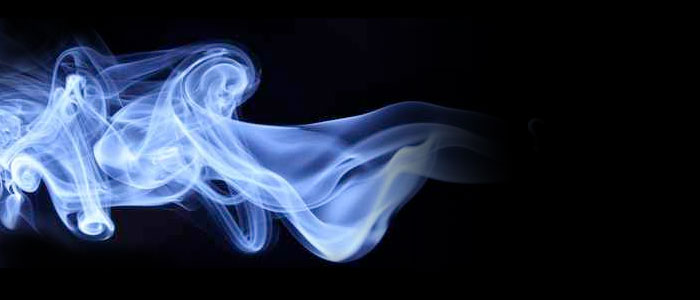Carbon monoxide CO is a killer gas that can strike without warning to both humans and pets it’s also odourless, tasteless and colourless so it can be hard to detect by human senses alone. Every year in the UK people of all ages die or suffer from carbon monoxide poisoning. Some have even suffered brain damage and paralysis although this is most likely if the individual has breathed in CO over a long period.
This carbon monoxide poisoning can occur in homes, businesses, garages, tents, caravans and boats.
Quite often the cause of the CO is a faulty domestic heating appliance, cooking appliance, stove or the exhaust of a combustion engines (cars, lorries, buses, lawnmowers and backup generators). Other sources of this toxic gas arises when there is incomplete combustion of various fuels like wood, natural gas, charcoal, oil, propane, paraffin or coal. Even a barbeque that’s cooling down left in a tent or awning has proved to be a killer!
According to UK statistics from RIDDOR 2013 – The Reporting of injuries, Diseases and Dangerous Occurrences Regulations 2013 there were at least 9 fatalities from carbon monoxide (CO) poisoning and at least 302 other people were poisoned and survived in the UK alone.
Common symptoms of carbon monoxide poisoning can often get confused with food poisoning, simple tiredness and infections but you should look out for headaches, dizziness, nausea, vomiting, and tiredness and if you think you or your family have been exposed then you should seek urgent medical advice from either a doctor or a hospital A&E department.
Recognising dangerous levels of carbon monoxide used to be difficult, that’s why miners used to take canaries down mines, because the bird was small it would die first, the miners would then be alerted to the presence of CO or other toxic gases. Now it’s possible to buy a handheld Carbon Monoxide Analyser or a Flue Gas Analyser to test and measure for dangerous levels.
Many homes have gas appliances, like boilers, heaters, fires and cookers and it’s recommended that these are serviced by a competent Gas Safe registered engineer. If there is an indication or reports of a CO detector activation, fumes, spillage, or leakage of combustion products then there are now over 250 competent people who have been assessed under CMDDA1 to carry out testing on gas appliances and record the CO/CO2 measurements found. CMDDA1 training course providers are on the front line training and assessing these competent individuals so that potentially harmful gases within the room atmosphere can be detected by their portable gas analysers down to parts per million (ppm). There are several popular analysers used by people attending the CMDDA1 training courses including the Kane 457 CMDDA Gas Analyser.
Please remember, it’s really difficult for a human to detect carbon monoxide without professional test equipment.

